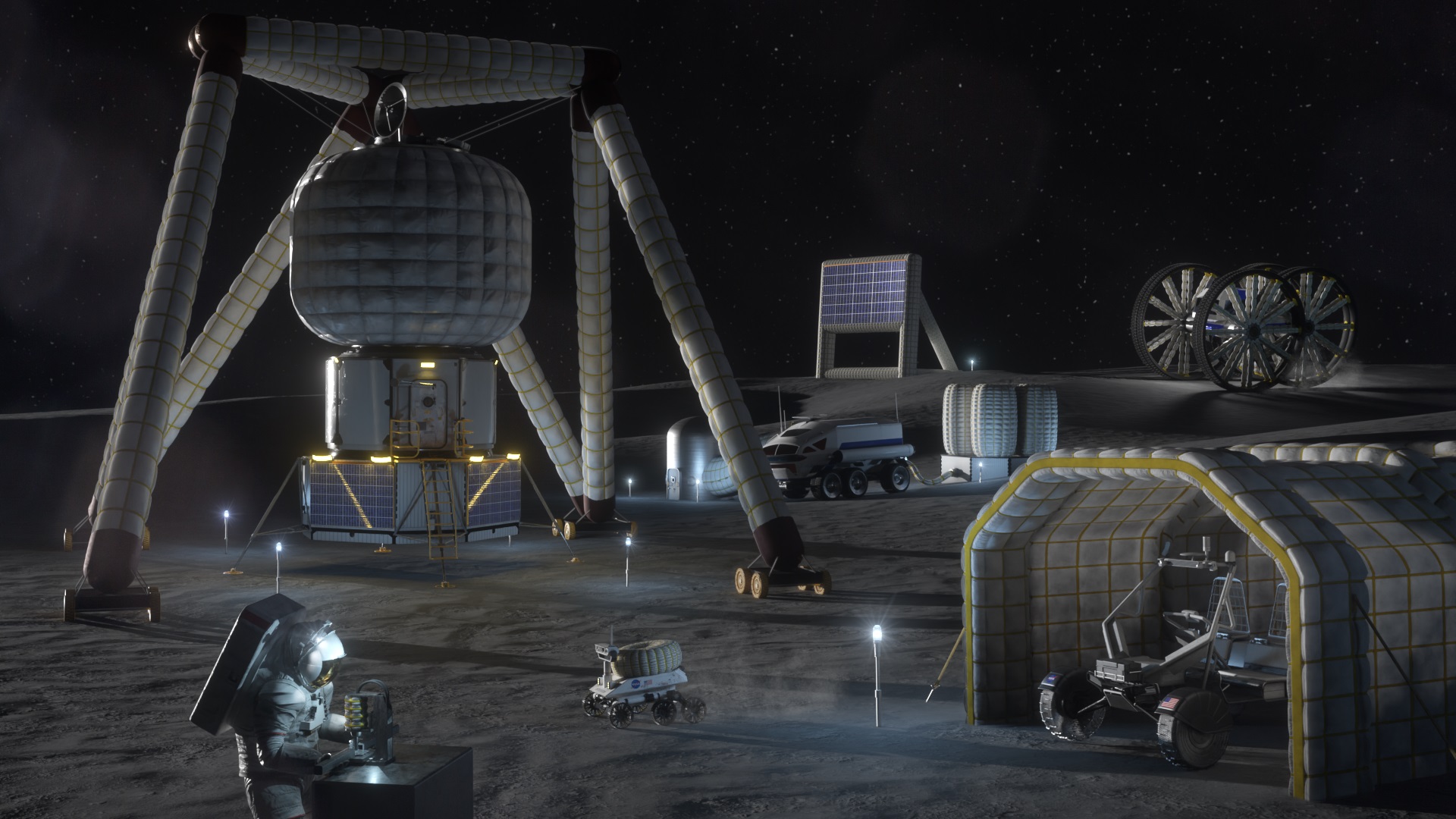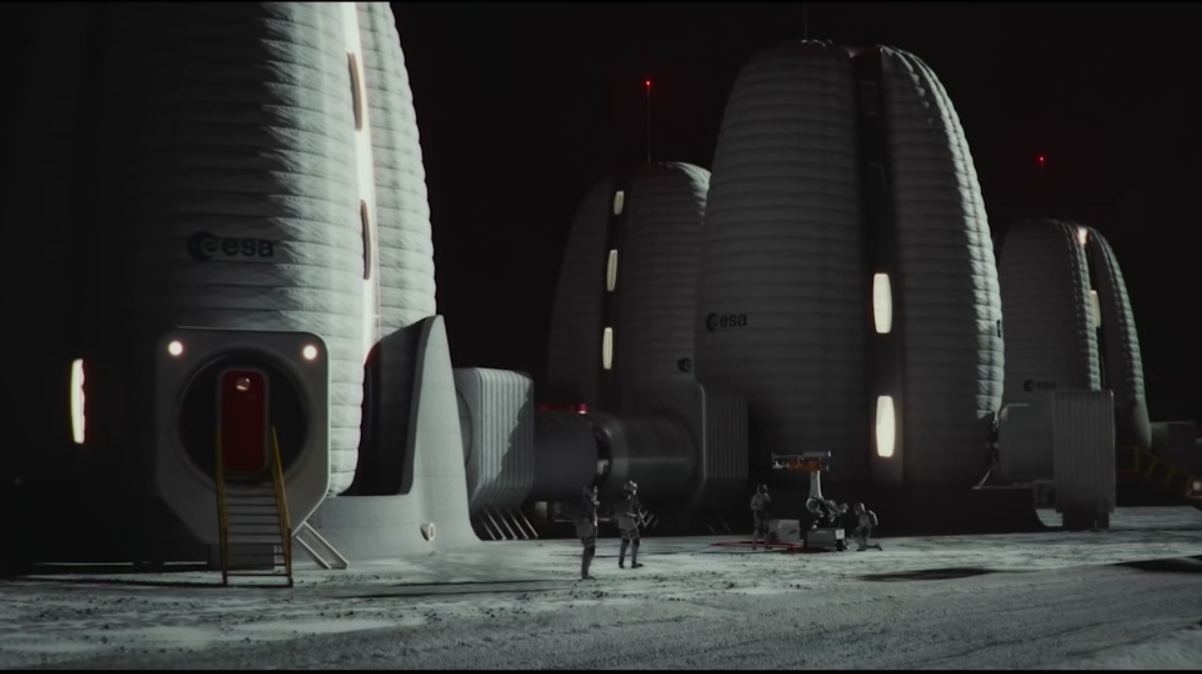Inflatable space modules are not a new concept, NASA have been exploring the possibility since the 1960’s. The Chinese Space Agency is now getting in on the act and is testing its new inflatable module which is part of its Shijian-19 satellite launch. To get it into orbit the capsule was compressed and folded and then inflated once in orbit. Following completion of the tests, it re-entered the atmosphere, landing in the Gobi Desert on 10th October. The goal is for this to be used to extend its space station in the same way NASA have been exploring expansion of ISS.
Continue reading “China Tests a Reusable Inflatable Module in Space”Balloon Animals and Bouncy Castles on the Moon. The Case for Inflatable Habitats

Every year, NASA’s Breakthrough, Innovative, and Game-Changing (BIG) Idea Challenge invites student innovators to build and demonstrate concepts that can benefit future human missions to the Moon and beyond. This year’s theme is “Inflatable Systems for Lunar Operations,” which could greatly reduce the mass and stowed volume of payloads sent to the Moon. This is critical for the Artemis Program as it returns astronauts to the Moon for the first time since the Apollo Era over fifty years ago. It will also reduce the costs of sending payloads to the Moon, Mars, and other deep-space destinations.
Continue reading “Balloon Animals and Bouncy Castles on the Moon. The Case for Inflatable Habitats”Conceptual Design for a Lunar Habitat
Between now and the end of this decade, multiple space agencies plan to send astronauts to the Moon for the first time since the Apollo Era. But whereas Apollo was a “footprints and flags” affair, the current proposals for lunar exploration call for the creation of infrastructure that allow for a sustained human presence there. In addition to NASA’s Artemis Program, the ESA is also working on a plan to create an “International Moon Village.”
For years, the ESA has released teasers as to what this “successor to the International Space Station” (ISS) might look like, the latest of which is on display at the La Biennale di Venezia museum in Venice. As part of the 17th International Architecture Exhibition, the architecture firm Skidmore, Owings & Merrill (SOM) showcased their design (with technical support from the ESA) for a semi-inflatable lunar habitat that could facilitate long-term lunar settlement.
Continue reading “Conceptual Design for a Lunar Habitat”

